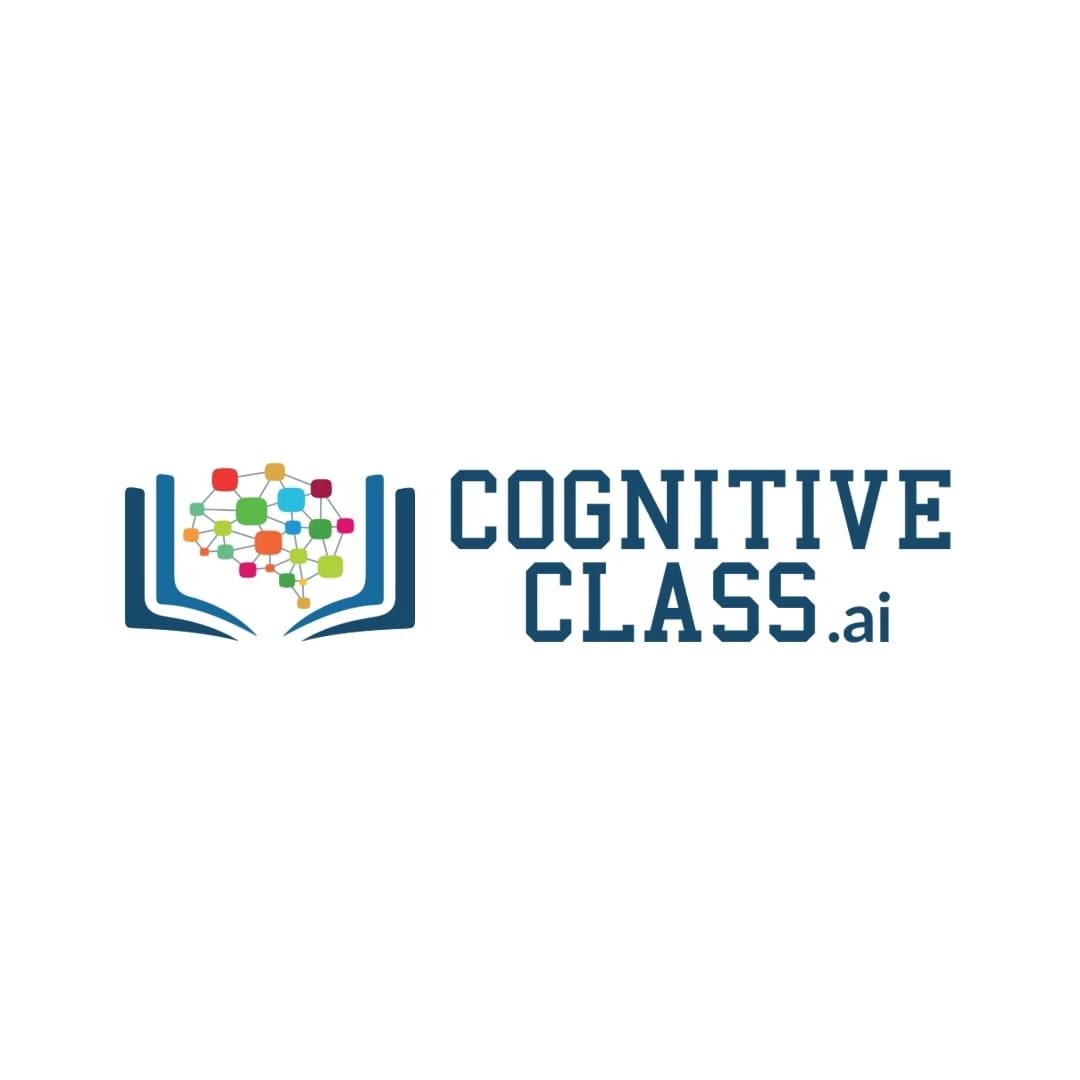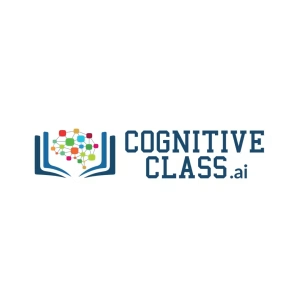Medical image segmentation with PyTorch and U-Net
Learn how to perform medical image segmentation using PyTorch and U-Net. Understand how to apply deep learning techniques to segment medical images, improving diagnosis accuracy in healthcare applications.
At a Glance
Explore biomedical image segmentation in computer vision with PyTorch and U-Net, an architecture also used in Stable Diffusion. Learn to construct a U-Net model using PyTorch’s convolutional, max-pooling, and upsampling layers. Through hands-on steps, train your model to automate image segmentation, showcasing the power of deep learning in medical imaging. Perfect for biomedical engineering or data science professionals aiming to enhance diagnostic accuracy.
In this guided project, you will explore the field of biomedical image segmentation, a critical area in medical imaging and diagnostics. By mastering the techniques covered in this project, you will gain the skills to preprocess images and construct a U-Net model using PyTorch’s powerful features. Through a series of hands-on steps, you will train your model to automate image segmentation, demonstrating the power of deep learning in medical imaging. This project is perfect for biomedical engineering or data science professionals looking to enhance diagnostic accuracy and make meaningful contributions to healthcare.
What you’ll learn
After you complete the project, you will:
- Understand the basics of biomedical image segmentation: Learn the importance and applications of image segmentation in the medical field.
- Construct a U-Net model using PyTorch: Learn to build a U-Net architecture using PyTorch’s convolutional, max-pooling, and upsampling layers.
- Train and evaluate your model for accurate segmentation: Develop the ability to train your model and assess its performance in automating image segmentation tasks.
What you’ll need
To get started with this project, you will need:
- Basic knowledge of Python and PyTorch: Understanding of Python programming and basic PyTorch operations is required.
- Familiarity with deep learning concepts: Some knowledge of neural networks and deep learning principles will be beneficial.
- IBM Skills Network Labs environment: This project uses the IBM Skills Network Labs environment, which comes with many tools pre-installed, including Docker.
- Current versions of web browsers: This platform works best with the latest versions of Chrome, Edge, Firefox, Internet Explorer, or Safari.






There are no reviews yet.